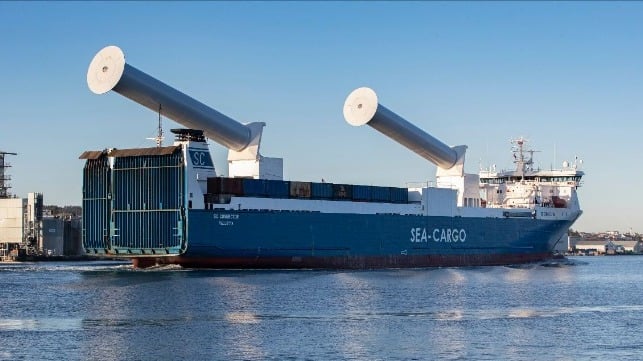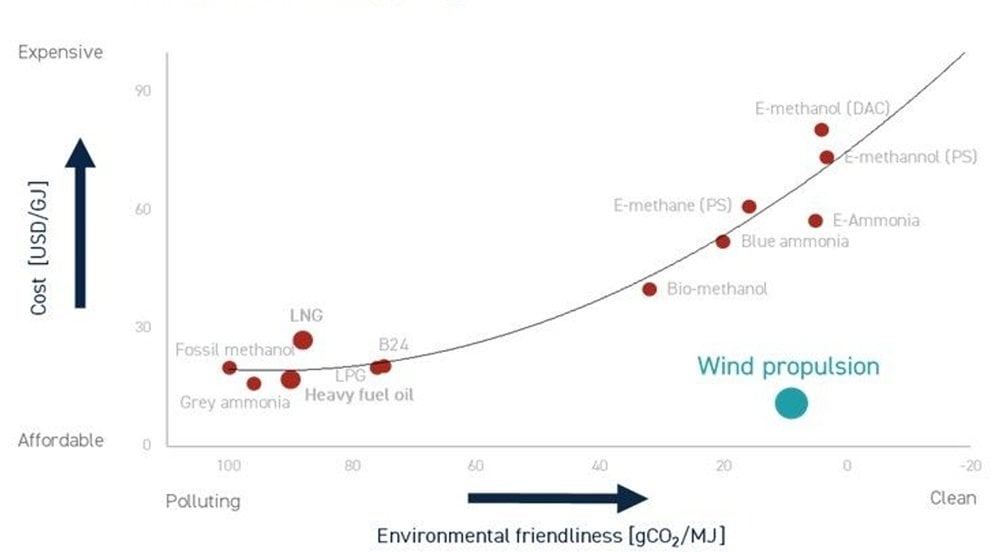Op-Ed: Wind Propulsion Must Anchor the IMO’s Path to Net Zero

By 2050, the world has pledged to reach net zero. For shipping - a sector responsible for moving 90% of global trade - the clock is ticking loudly.
This week’s meeting at the IMO, aptly titled “Extraordinary Session of the Marine Environment Protection Committee (MEPC)” will likely adopt the widely anticipated GFI (Greenhouse Fuel Index), ensuring clarity and alignment of parties. But it still won’t be enough.
Before combustion engines were invented, shipping was a great example of zero carbon technology. For the past 100 years, however, shipping has relied on fossil fuels and, over time, ended up being responsible for some 3% of the world’s total global greenhouse gas emissions.
Alternative fuels like ammonia, methanol, and hydrogen are often framed as the future of clean shipping and will undoubtedly play an important role. But these fuels are costly and not always readily available. Wind, an abundant element, is the key to driving decarbonization.
Wind propulsion is as practical as it is scalable. Wind can reduce fuel consumption and emissions between 5-25% - and in good weather conditions, for up to 70%. This isn’t a hypothetical prediction; these results are verified, repeatable, and achievable across a range of vessels, as demonstrated across the world’s biggest trade routes.
The IMO’s Net-Zero Framework provides a unique opportunity to embed wind propulsion in regulatory and incentive mechanisms. The International Wind Shipping Association (IWSA) calls for consistent and equitable treatment of wind propulsion within its proposed framework.
Based on the best data from our experts’ projections, Energy Cost-Emissions Curve’ measurement tool (below) shows that while adopting alternative fuel types mean lower carbon emissions, they also result in higher energy costs. As pioneers in wind propulsion technology, we know this too well. With 35 sails built and installed and 48 on order now, we see wind propulsion as the only solution that achieves both low energy costs and high GFI improvement potential.

Courtesy Norsepower
Recognition of wind propulsion as a cornerstone technology by the IMO would accelerate adoption, ensure better overall compliance, deliver long-term investment in sustainability and most importantly, significantly reduce emissions.
Momentum is already building, with wind propulsion technologies now increasingly recognized by shipowners and operators as a proven, class-approved technology, operating successfully across global fleets.
As the MEPC convenes, decision-makers must acknowledge that the winds of change are not theoretical: they are measurable, reliable, and ready to scale.
Heikki Pöntynen is CEO of Norsepower.
The opinions expressed herein are the author's and not necessarily those of The Maritime Executive.
